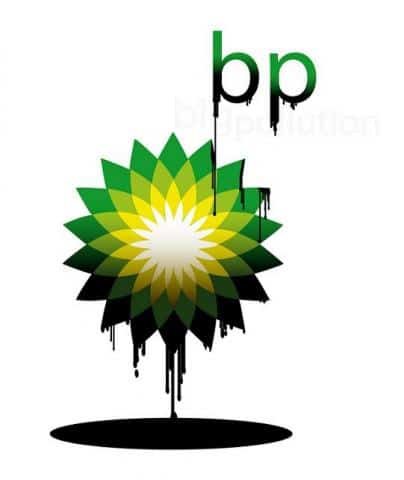The problems facing BP along the Gulf Coast continue to pile up. After more than a year of investigations, the U.S. Coast Guard has finally released their long-awaited assessment of last year’s Deepwater Horizon oil rig explosion. Their conclusion was that the ultimate blame for the disaster rests squarely on BP’s shoulders.
The new report, put together by The Coast Guard-Bureau of Ocean Energy Management Regulation and Enforcement (BOEMRE), was among the most exhaustive investigations to date, according to Reuters. The report claims that the decisions made by BP in the days before the rig explosion are what led to the catastrophe. Among those were BP’s decision to ignore the safeguarding of the cement plug, and the oil company’s decision to only use one type of cement to seal the well. The report also said that the location that BP chose for the casing was very poor, making it difficult to access in an emergency.
The new report does lay some blame at the feet of other companies involved, including Transocean and Halliburton, but they said that at the end of the day, BP was in charge of the decision-making process, and therefore they are the responsible party. This is a far cry from a recent report by Marshall Islands investigators, who recently pinned the blame for the disaster on the rig workers themselves, rather than the companies involved in the rig’s management. The new report is on par with other reports that also put most of the blame on BP.
But the report wasn’t just another episode of the blame game, it actually offered solutions to prevent further disasters. The Associated Press notes the recommendations of the panel as follows:
The panel recommended further changes to offshore drilling practices, including requiring at least two barriers to be placed in a well — one mechanical, and one cement. The Macondo well had a single barrier, the cement seal at the bottom, so when the blowout happened the only thing to stop it was the blowout preventer. That didn’t work, the panel says, because the kink in the pipe caused by the force of the blowout kept it out of reach of the safety device’s shearing rams. The rams are supposed to pinch a well shut in an emergency by slicing through the well’s drill pipe.
But the Coast Guard report isn’t the only problem that BP is having to deal with in regards to the Deepwater Horizon oil rig. Reports over the last few weeks have been surfacing about oil sheens appearing in the Gulf of Mexico around the “sealed off” Macondo well where the Deepwater Horizon rig was located. Today, a new report by Al Jazeera highlighted the seriousness of the new oil being found in the Gulf:
Al Jazeera flew to the area on Sunday, September 11, and spotted a swath of silvery oil sheen, approximately 7 km long and 10 to 50 meters wide, at a location roughly 19 km northeast of the now-capped Macondo 252 well.
Edward Overton, a professor emeritus at Louisiana State University’s environmental sciences department, examined data from recent samples taken of the new oil. Overton, who is also a National Oceanic and Atmospheric Administration (NOAA) contractor, told Al Jazeera, “After examining the data, I think it’s a dead ringer for the MC252 [Macondo Well] oil, as good a match as I’ve seen”.
While not ruling out the possibility that oil could be seeping out of the giant reservoir, which would be the worst-case scenario, Overton believes the oil currently reaching the surface is likely from oil that was trapped in the damaged rigging on the seafloor. He said the oil could either be leaking from the broken riser pipe that connected the Deepwater Horizon to the well, or that oil is leaking from the Deepwater Horizon itself.
Other scientists along the Gulf Coast are worried that the oil could actually be coming from the actual oil reserve itself – speculating fissures developing along the floor of the Gulf of Mexico are leaking oil from the 50 million gallon reservoir beneath the sand. While events like that are actually quite common, none have been known to create sheens as massive as the current one being tracked in the Gulf.
While it will be difficult to prove where the new oil is coming from without extensive underwater surveillance, one thing is for sure: The damage from the Deepwater Horizon disaster will not be subsiding any time soon, and BP’s troubles will linger even longer.
Subscribe to our newsletter
Stay up to date with DeSmog news and alerts






